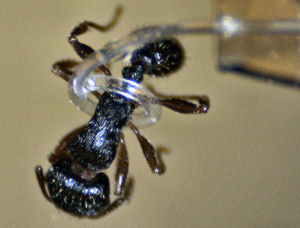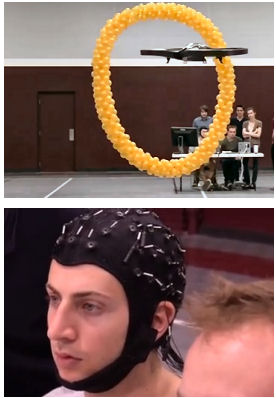
The first ever demonstration of simultaneous information processing and storage using phase-change materials points the way to computers more closely resembling biological systems, say University of Exeter researchers. The techniques used could revolutionize computing by making computers faster and more energy-efficient, as well as making them more “brain-like.”
Today’s computers handle processing and memory separately, resulting in a speed and power bottleneck caused by the need to continually move data around. In human brains, however, no real distinction is made between memory and computation. To bring these two functions together in a computer, the research team used phase-change materials, a kind of semi-conductor that exhibits special properties.
Documenting their phase-change experiments in the journal Advanced Materials, the researchers show how they can not only perform a range of general-purpose computing operations, but also emulate a number of brain-like functions. Specifically, they demonstrated:
- The reliable execution by a phase-change processor of the four basic arithmetic functions of addition, subtraction, multiplication and division.
- The demonstration of an “integrate and fire” hardware neuron using a single phase-change cell.
- The exposition of synaptic-like functionality via a “memflector” (an optical analogue of the memristor).
The next stage in the team’s research will be to build systems of interconnected cells that can learn to perform simple tasks, such as identification of objects and patterns.
Related:
Electronic components made from human blood
International team claim organic computing breakthrough
Chaos computing researcher touts new silicon “chaogate”
Artificial Intelligence In The Garden Shed








Comments are closed.